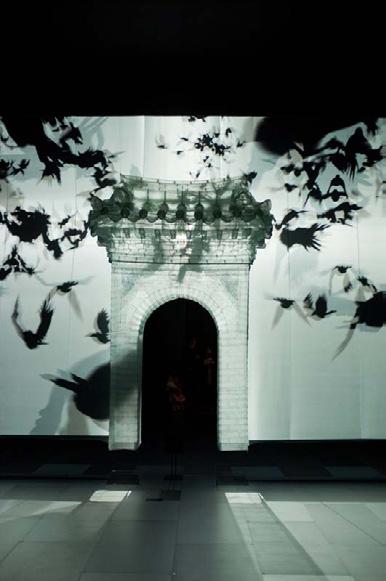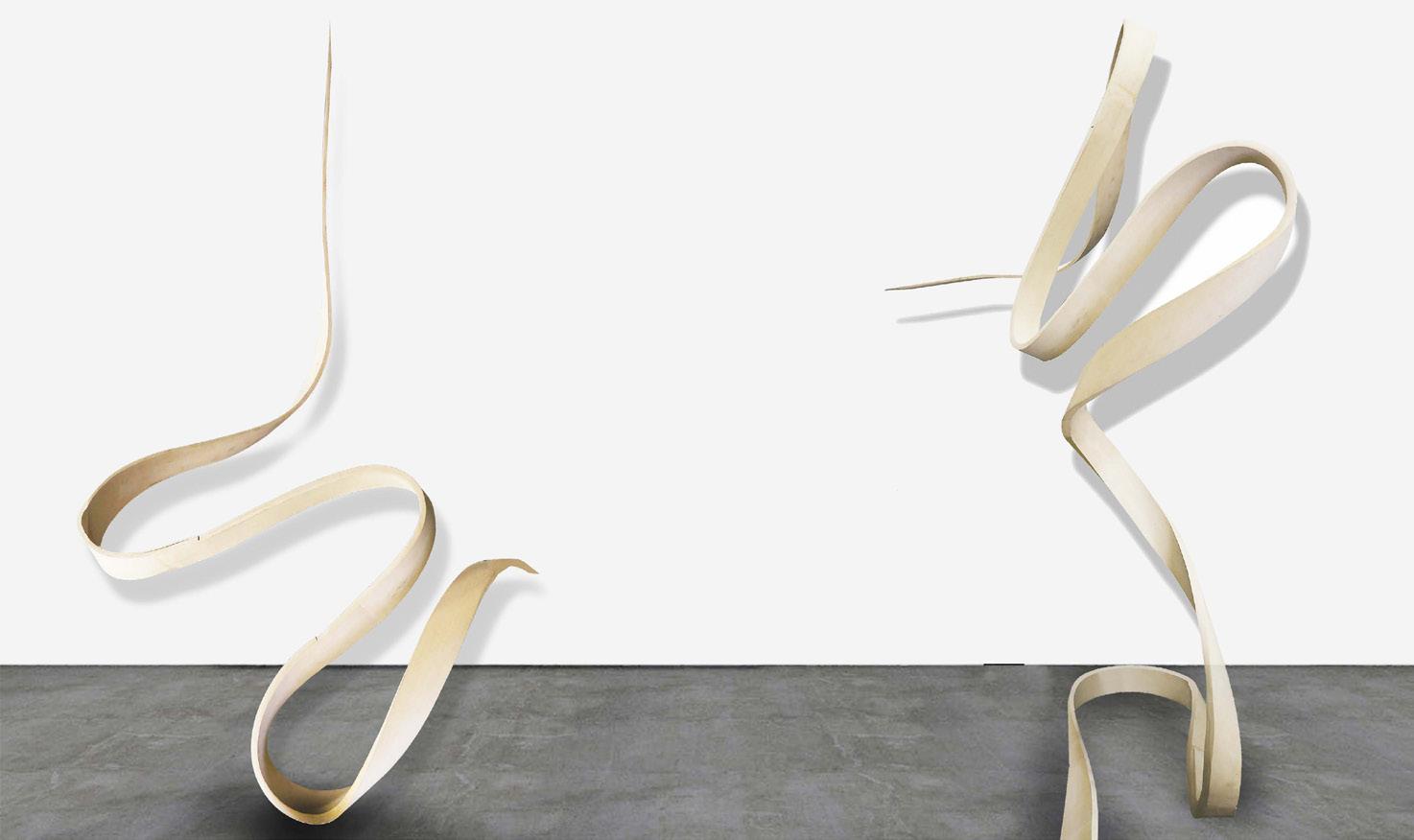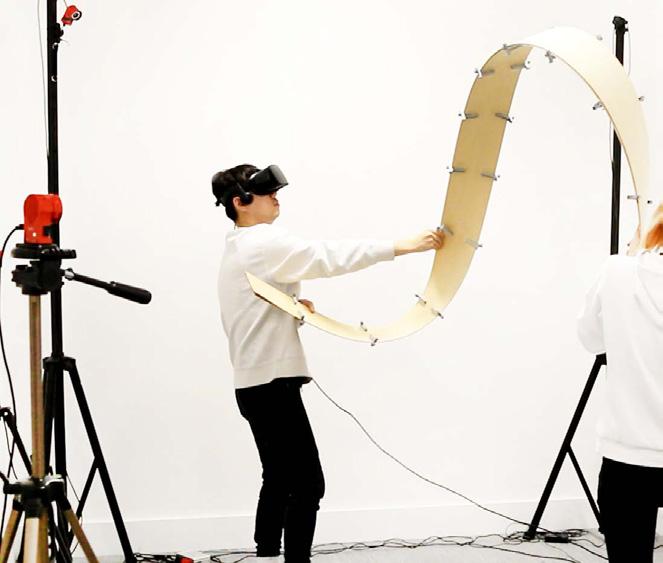
3 minute read
Tokushima Art Music Center


Advertisement

Field : Professional Program : Installation Art Position : Assistant Artist Role : Reconstruct modelling from 3D scanned data, Ploting making data to craftsman Location : Leeum Museum SamSung Schedue : January - December 2013 Home within Home Exhibition at Leeum Museum
‘seoul home / seoul home’ from ‘home within home’, do ho suh, 2012 silk, metal armature all images courtesy leeum, samsung museum of art and the artist
‘home within home’ is a solo representation of do ho suh’s work showcasing the korean artist’s newest sculptural pieces. the special exhibition gallery of leeum samsung museum of art has been decorated with suh’s thread-and-sheer-fabricdrawn representations of his nomadic existence living in major urban centers such as seoul, new york and berlin. in ‘home within home’, the artist investigates the idea of truly inhabiting a place, developing the concept of ‘home’ as skeletal representations throughout the museum, actualizing this concept as both a boundary and passageway in the gallery space. each piece exists as an entirely separate experience, influenced by the light and surrounding architecture; the orientation of the suspended works in comparison to one another also reveals a greater complexity to the artist’s examination of ‘the home’ through this assemblage of bright floating structures.









Field : Master of Architecture Research Project Program : Timber Structure Professor : Matthijs La Loi, Guilio Brugnaro Site : None Award : The Bartlett School of Architecture FIFTEEN Exhibition : Merit Schedue : January - December 2018
Motion capture cameras are commonly used in a lab environment to capture movement. Furthermore, such cameras allow robots to measure their position via reflective markers. The motion capture system employed in this study was accurate to one millimeter. The only limitation thereof was the size of the experimental space. Motion Capture Cameras can record the whole movement of human bending, therefore, the robot can repeat the movement completely. The existing 3-D modelling software is well suited to both modelling and data analysis; however, due to a lack of ‘fluidity’, CAD system are not well suited to the modification of designs (Gross, 2006). Such 3D modelling and softwarebased shortcomings can impede upon novice designers’ ideational confidence and creativity (Kwon, 2005). Consequently, the creation of an effective virtual 3D physics modelling medium would present designers with a powerful and intuitive platform in which to explore ideas and modify designs; furthermore, the computational capabilities thereof are well suited to the analysis and resolution of any communicational problems. Introducing VR in our project allow designers have a total concept and overview of the design, and then, interact and modify the design with the tracking system to directly link our physical world with the virtual environment. Thus, starting with a rough digital model and using real-time data steaming techniques, my aim was to design a 3D modelling software application that can be used to bend virtual wood pieces within a virtual reality environment. Intuitive Structure










